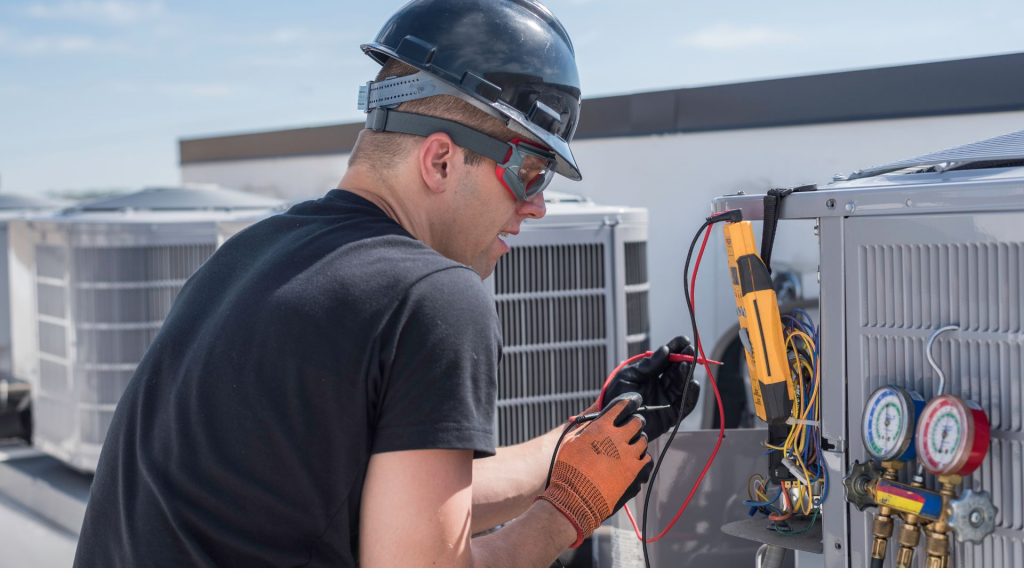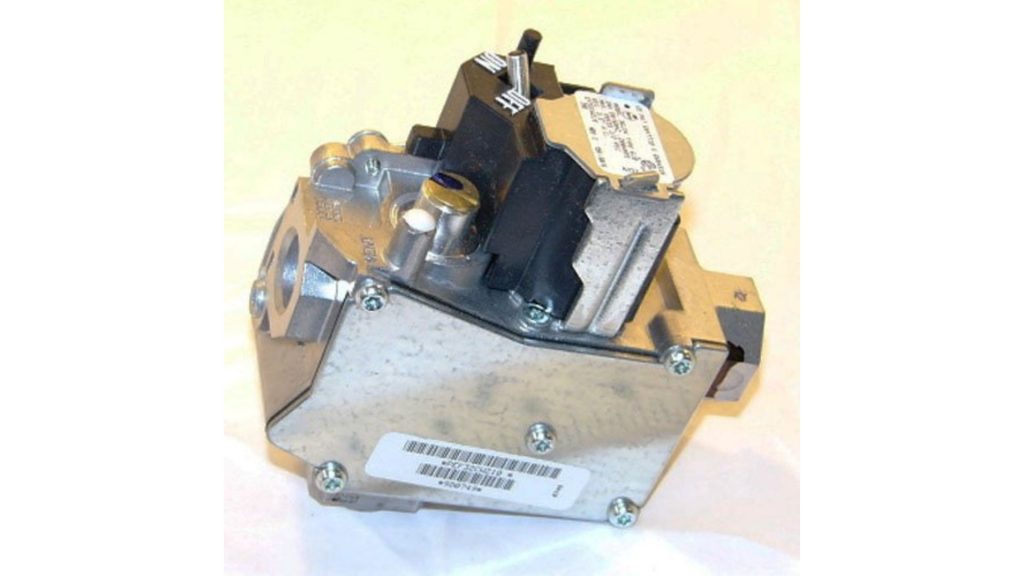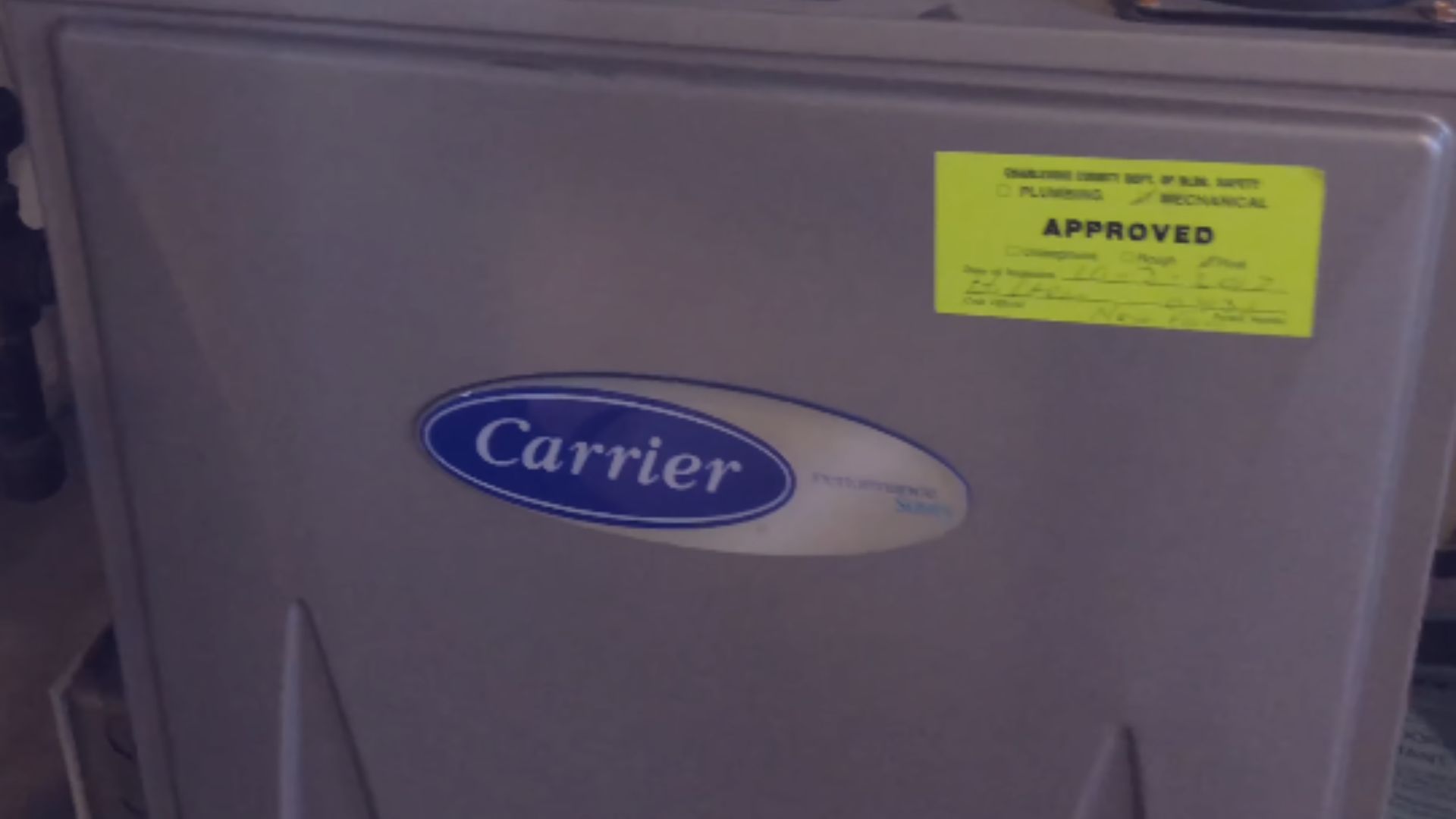You don’t want a defective carrier furnace to go unnoticed. The resulting malfunction can do serious harm to your home. Fortunately, furnaces have lights that alert you when things go wrong.
Why Does My Carrier Furnace Blinking Light?
1). Loose connections
Loose connections are a common source of trouble in electrical appliances because they cause arcing. In carrier furnaces, they can lead to signal interruptions, especially between the thermostat and furnace. The device will flash its lights to warn you when this occurs.
You can confirm your suspicions by testing the connections. If they are all firm, but the blinking lights have persisted, something else has gone wrong.
2). Obstructions
Obstructions are another common problem, especially in the exhaust vent. HVAC Seer blames clogging on soot, leaves, bird nests, and other forms of debris. You can’t keep debris out of the vents. But routine maintenance can prevent the debris from accumulating to a point where it interferes with the operations of the furnace.
3). Error Codes
Furnaces perform a system check when the appliance starts. In some cases, various lights will flash randomly. In other situations, the same light will flash rhythmically or haphazardly. This isn’t a cause for concern.
However, you shouldn’t blame blinking lights on a system check unless the manual mentions this mechanism. Some furnaces don’t perform system checks. Some furnaces use blinking lights to communicate error codes.
You identify the problem by counting the number of flashes. Furnaces are susceptible to various faults and malfunctions, including ignition failure, pressure switch failures, furnace lockout, and more.
The manufacturer does not expect you to interpret these flashes on your own. They have a guide in the manual that shows the different error codes and their corresponding interpretations.
4). Ice
You can also blame blinking lights on ice. Ice can form on the cooling coils. If the ice is thick enough, the furnace will run, but it won’t produce air. It can take hours to thaw the ice. In the meantime, the furnace will warn you using the error codes.
5). High/Low Fire Mode
The furnace will transition from low fire mode to high fire mode depending on the demands of the thermostat. The appliance will warn you if it gets stuck in high or low fire mode. A technician will step in at this point to find the source of the problem. They will either perform repairs or replace the damaged parts.
6). Voltage Issue

Did you wire the furnace yourself? Blinking can indicate a voltage issue. Ask a technician to inspect your circuit. They can also check the wiring for breaks, tears, and burn marks.
Different Carrier Furnace Lights And Troubleshooting Tips
Flashing lights serve a purpose. They don’t exist to simply worry you. Manufacturers design them to communicate important information, as the guide below will soon show:
Carrier Furnace Blinking Red Light – Why?
- Loose connections
- System check
- Ignition lockout
- Defective control board
- Defective high limit and roll-out switches
- Defective pressure switch
- The inducers have failed
Don’t take action without checking the error codes. Flashing lights are usually accompanied by error codes. Flashing lights are vague. They will tell you that something is wrong without showing you the problem. This is where error codes shine.
They are more specific. If you find the error code in the manual, you can identify the factors responsible for the flashing lights. Otherwise, you must rule out each potential problem one by one until you find the culprit.
How To Fix It?
- Eliminate the lockout by resetting the furnace. This means depriving the appliance of power for several minutes before turning it back on.
- If the furnace is flashing because high limit and roll-out switches have detected a temperature-related anomaly, replace the filter.
- Clear chimney and exhaust blockages.
- Clean the flame sensor.
- Ask a technician to inspect the ignitors.
Carrier Furnace Flashing Red Light 3, 5 Times – Why?
The carrier furnace flashes red light 3 flashes with a faulty pressure switch. If the light blinks five times, you have a flame where it shouldn’t be.
How To Fix It?
These error codes are not difficult to investigate. But they may take longer than you intended, especially the three flashes. If the pressure switch has a problem, you must inspect the drain tubes. Are they clogged?
Do you see debris? Do they have an abundance of moisture? Skilled laypeople can perform these tasks. Five flashes are a little complicated because they require the consumer to check the flame sensor.
But this inspection won’t help unless you know what a faulty flame sensor looks like. Therefore, you should hire an expert. They can look for leaks in the gas valve.
Carrier Furnace Continuous Red Light – Why?
- Dirty sensor
- Limit circuit lockout
How To Fit It?
- Clean the sensing bar with a brush.
- Look for limit switches that tripped and reset or replace them.
- Reset the device.
If the light persists and the furnace is not working, I suggest you hire a technician.
Carrier Furnace Blinking Yellow Light – Why?
The furnace shouldn’t remain in the high-fire mode for long periods. The high-fire mode is only necessary when your house is freezing, and you want to raise the temperature quickly. If the carrier furnace gets stuck in high-fire mode, you have a fault. The blinking yellow light will warn you. The gas valve solenoid is at fault.
How To Fix It?
You can consult a technician about a potential fix. However, they will most likely encourage you to replace the gas valve solenoid. You can’t do without this component. The furnace can’t switch between high and low-fire modes when the gas valve solenoid fails. Any repairs a technician offers won’t last, and you can’t trust them.

You can also perform a reset to eliminate yellow lights that persist even though you’ve replaced the faulty component.
Carrier Furnace Flashing Yellow Light 5 Times – Why?
The number of flashing yellow lights doesn’t always matter. If your manual wants you to count the number of yellow flashes, it will also show you how to interpret them. Some furnaces flash once to show that everything is fine and four times when the heating capacity of the appliance is limited.
How To fix It?
5 yellow flashes don’t appear in every furnace. If you can see rhythmic yellow flashes, they should be accompanied by a number. If the yellow LED flashes five times, what does the digit say? This combination of error codes and flashes will show you the source of the blinking.
If the manual doesn’t mention 5 yellow flashes, but you can see them on your furnace, talk to a technician about the issue. They can troubleshoot the appliance until they identify the problem.
You can also reset the furnace by cutting the power, waiting a few minutes, and reconnecting the furnace. Sometimes, lights on a furnace flash because of a glitch, and resetting eliminates glitches.
Carrier Furnace Yellow Light Stays On – Why?
Solid yellow light is encouraging because it shows that everything is fine. The furnace is working as expected. The yellow LED is only problematic when it blinks. Otherwise, you shouldn’t worry.
Carrier Furnace Blinking Orange Light
Flashing orange lights are uncommon. You are more likely to observe a solid orange light, which experts blame on a locked compressor. It can also manifest because of accumulated dirt on the burners.
You don’t expect orange lights to blink. Are you sure the LED is orange? Some people confuse yellow with orange.
How To Fix It?
Make sure the light is orange. No one will blame you for confusing yellow for orange. If the flashing light is orange, find the error code and look for it in the manual. You can blame the blinking orange LED on a dirty condensate trap.
But this might not apply to your case. Let the manual guide you. Once you identify the error code, the manual will tell you whatever you need to know.
Carrier Furnace Error Codes
Carrier furnace error codes seem complex. But you don’t have to understand them. The manual has already interpreted them. Consider the following:
Carrier Furnace Error Code 24
- Open secondary voltage fuse
- Low-voltage wiring short
How To Fix It?
- Reset the device
- Replace the blown fuse
- Look for a short in the wiring, especially if you replace the fuse and it blows again. Something is causing a short somewhere.
Carrier Furnace Error Code 25
- Incorrect model
- Incorrect setup
How to Fix It?
- Adjust the settings. Use the recommendations in the manual.
- Ask a technician to troubleshoot the circuit board. They will replace it where necessary.
- Perform a reset.
- Reinstall the UI
Carrier Furnace Error Code 31
- Defective high-pressure switch
- Dirty condenser coils
- Blocked drains and air ducts
How To Fix It?
- Clean dirty condenser coils with a soft cloth.
- Get a new pressure switch.
- Remove blockages and obstructions.
Carrier Furnace Error Code 33
Check the flame roll-out switch. This component responds to overheating by turning the power off.
How To Fix It?
- You should wait for the furnace to cool down before testing the high-limit switch for continuity. If the switch is dead, get a new one.
- Don’t replace the flame roll-out switch just yet. If it tripped, you should reset it. If it continues to trip, find out why. Common culprits include a defective heat exchanger and back drafts.
Carrier Furnace Error Code 41
- The blower is not operating at the correct revolutions per minute. It is either higher or lower than the recommended threshold.
- This error code is also due to a faulty blower motor.
How To Fix It?
- Get a new blower motor. If you have a warranty, you can get a new module for free.
- If it doesn’t work I want you to consult a technician. They may offer a convenient solution after inspecting the furnace.
Carrier Furnace Error Code 3 Short 1 Long
Carrier furnace error codes consist of a flashing LED and a digit. Count the number of flashes and the digit to understand the error code. In this case, you will observe 3 – 1, which experts attribute to inadequate airflow and a defective pressure switch.
How To Fix it?
- Find the source of the airflow restrictions. You can remove blockages in the pipes and vents or fix warped pipes and ducts.
- Replace a defective control board.
- Look for and resolve loose connections.
- Get a new inducer motor.
- Replace a defective blower motor.
- Make sure the vents and pipes are the correct sizes.
Don’t perform any of these repairs if you have a warranty. The warranty can get you cheap, possibly even free repairs, and a new furnace if you meet the terms and conditions.

